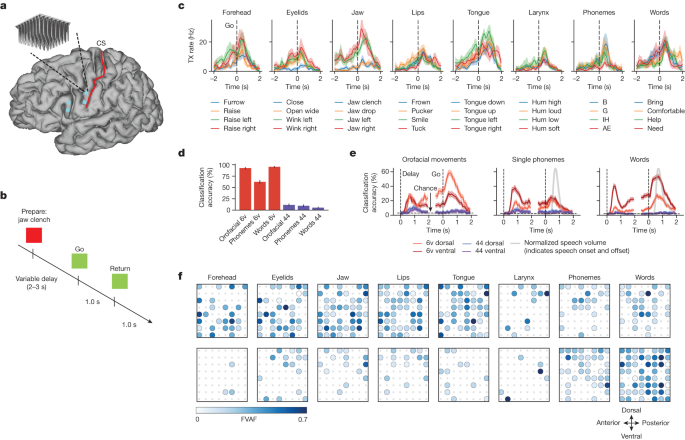2023-08-23 ブラウン大学
◆研究者は、この現象の分子メカニズムを詳細に分析し、寄生虫がホストを操作する方法と、アンフィポッドの生物学的変化について説明しました。
◆この研究は、ホストと寄生虫の相互関係に関する理解を進める上で重要であり、感染症管理にも関連する成果です。寄生虫はホストを操作して自身の伝播を確保し、共進化の一例として示唆されます。
<関連情報>
- https://www.brown.edu/news/2023-08-23/parasites
- https://onlinelibrary.wiley.com/doi/10.1111/mec.17093
哺乳類と両脚類のシステムにおける転写解析から推測される、寄生虫による宿主の表現型操作 Parasite manipulation of host phenotypes inferred from transcriptional analyses in a trematode-amphipod system
David M. Rand, Joaquin C. B. Nunez, Shawn Williams, Stephen Rong, John T. Burley, Kimberly B. Neil, Adam N. Spierer, Wilson McKerrow, David S. Johnson, Yevgeniy Raynes, Thomas J. Fayton, Nicholas Skvir, David A. Ferranti, Maya Greenhill Zeff, Amanda Lyons, Naima Okami, David M. Morgan, Kealohanuiopuna Kinney, Bianca R. P. Brown, Anne E. Giblin, Zoe G. Cardon
Molecular Ecology Published: 04 August 2023
DOI:https://doi.org/10.1111/mec.17093

Abstract
Manipulation of host phenotypes by parasites is hypothesized to be an adaptive strategy enhancing parasite transmission across hosts and generations. Characterizing the molecular mechanisms of manipulation is important to advance our understanding of host–parasite coevolution. The trematode (Levinseniella byrdi) is known to alter the colour and behaviour of its amphipod host (Orchestia grillus) presumably increasing predation of amphipods which enhances trematode transmission through its life cycle. We sampled 24 infected and 24 uninfected amphipods from a salt marsh in Massachusetts to perform differential gene expression analysis. In addition, we constructed novel genomic tools for O. grillus including a de novo genome and transcriptome. We discovered that trematode infection results in upregulation of amphipod transcripts associated with pigmentation and detection of external stimuli, and downregulation of multiple amphipod transcripts implicated in invertebrate immune responses, such as vacuolar ATPase genes. We hypothesize that suppression of immune genes and the altered expression of genes associated with coloration and behaviour may allow the trematode to persist in the amphipod and engage in further biochemical manipulation that promotes transmission. The genomic tools and transcriptomic analyses reported provide new opportunities to discover how parasites alter diverse pathways underlying host phenotypic changes in natural populations.


